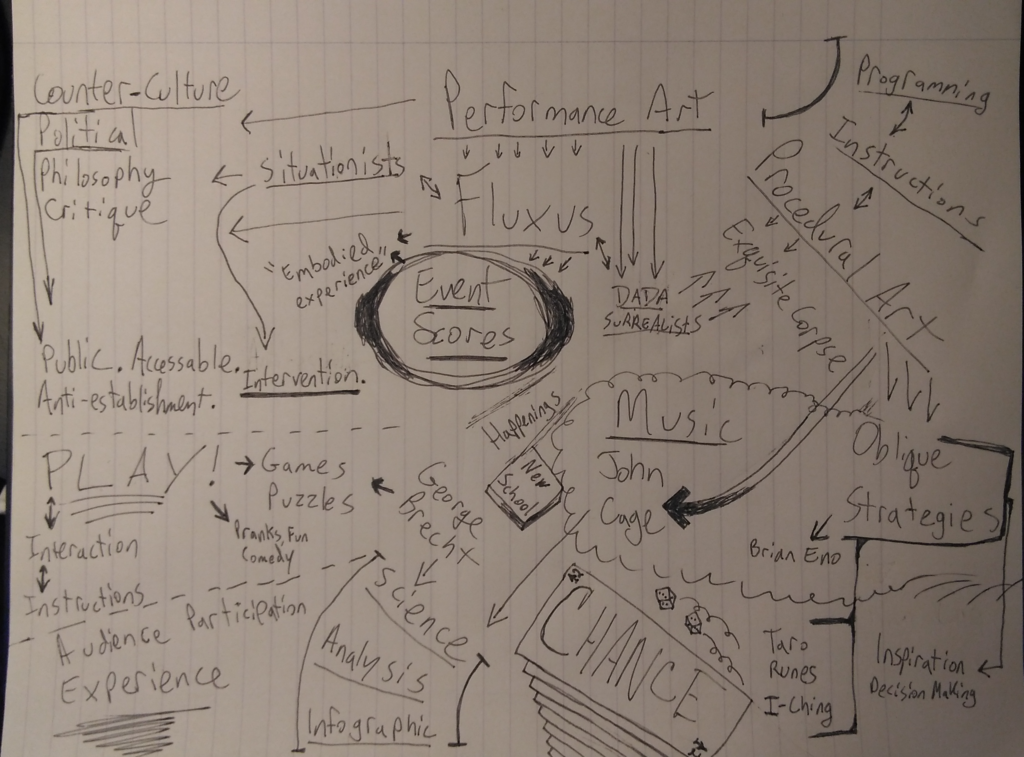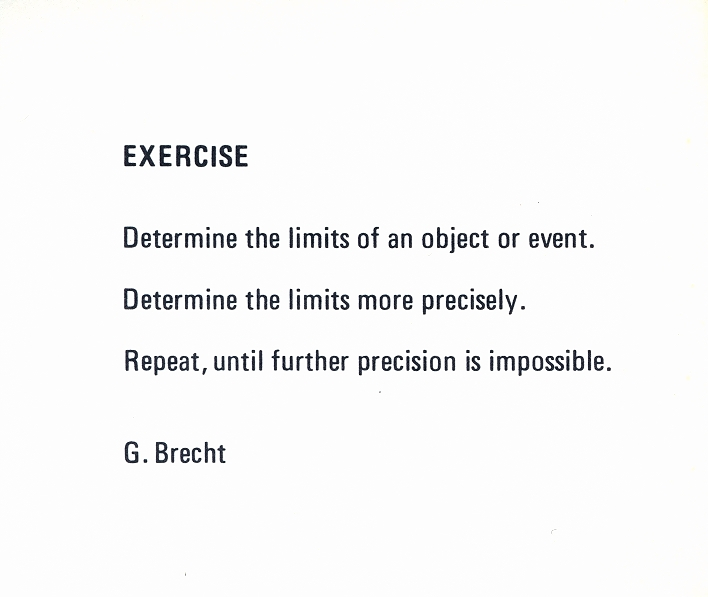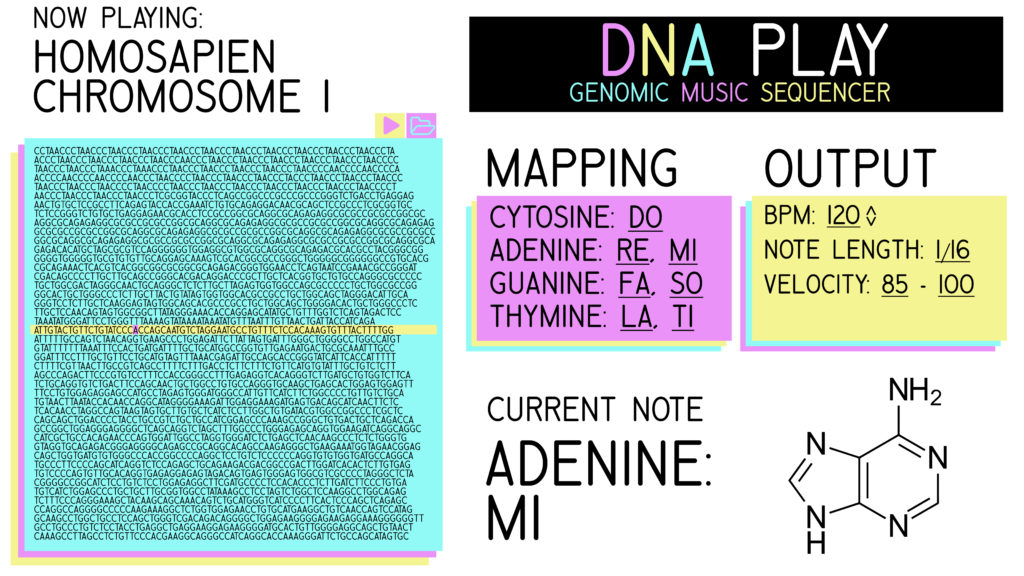Contexts/calls for my work:
Rhizome Microgrants
This is a call for a Rhizome Microgrant from this past summer. I’m hoping to have artists, coders, and the general “creative technologist” population as an audience for my work, so I can easily imagine some of my outreach or platform to be web based in some way or another. The small, contained nature of event scores lend themselves to this kind of “microgrant” program.
http://rhizome.org/editorial/2017/jul/18/open-call-rhizome-microgrants-2017/
“Since 2014, the Rhizome Microgrant Program has awarded small grants for the creation of new artworks, online exhibitions, and other web-based projects. This program is run as an open call, and awards range from $500 – $1,500. Past funded projects have included a website critiquing a notorious internet misogynist, an excavation of the emails left behind by one of the largest corporate frauds in history, an exploitation videogame inspired by the Kardashians, and an analysis of the use of language in Egyptian social media during the 2011 revolution. This year, we invite proposals for online artworks and exhibitions from artists of any nationality. We aim to support a diverse range of experimental practices, and we particularly encourage proposals that engage with gender and internet culture.”
In this posting they stated a 150 word limit, but I’ll go for the 25 word approach as originally assigned in class. My project description would be the following:
Combining event scores with computer programming to imbue more meaning to less technical work, inspire creative technologist practices, and challenge requirements of mastery in tech-art.
(…if “tech-art” counts as one word I made it to 25…)
Thought Map
This the thought map I’ve come up with to start (click to view full size):




